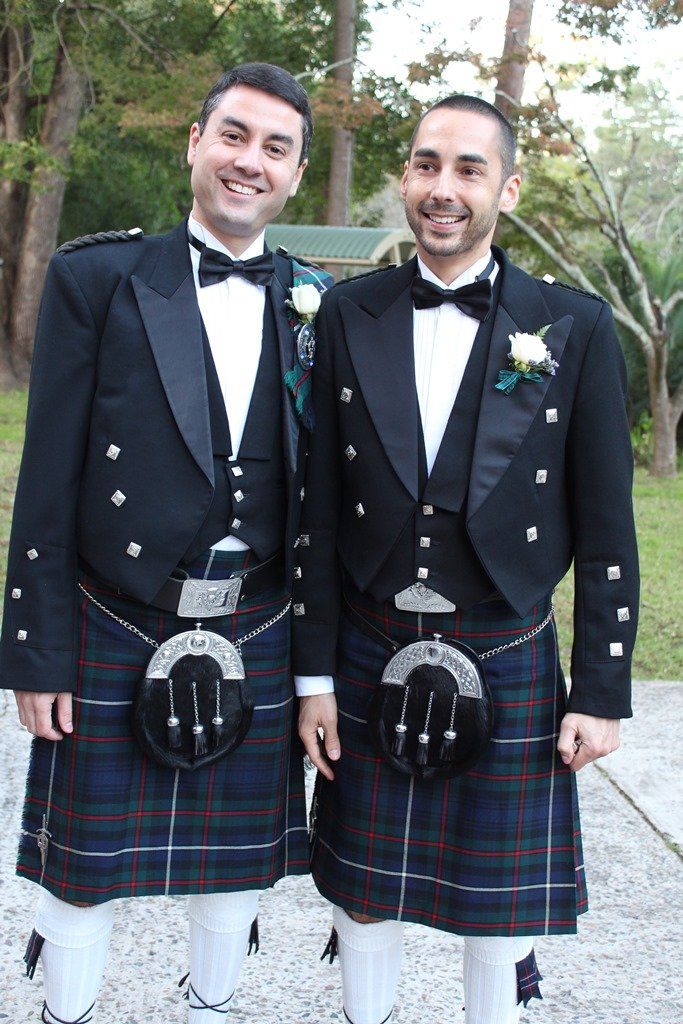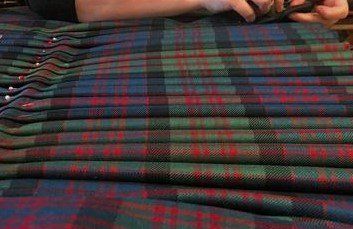Blog
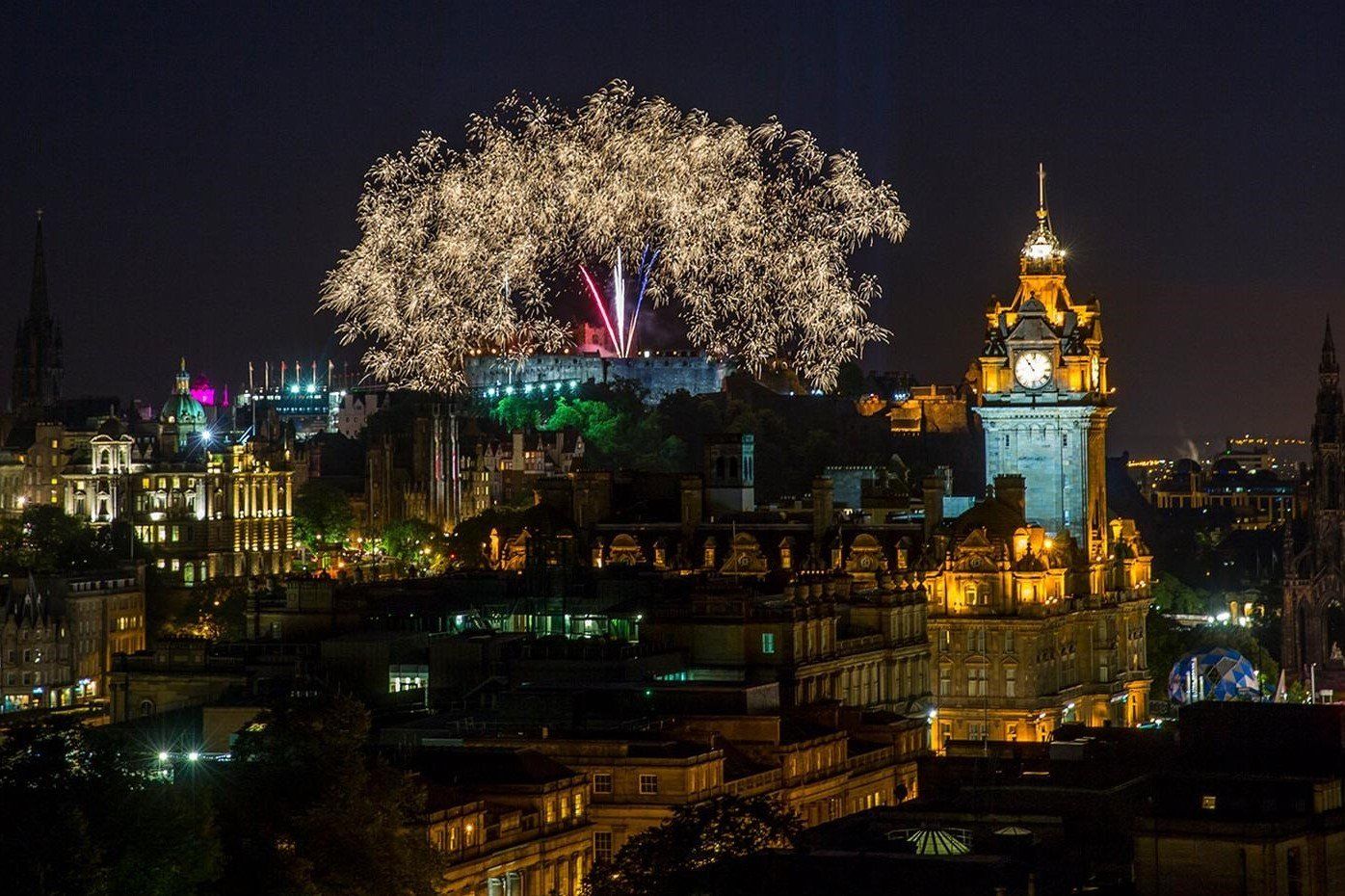

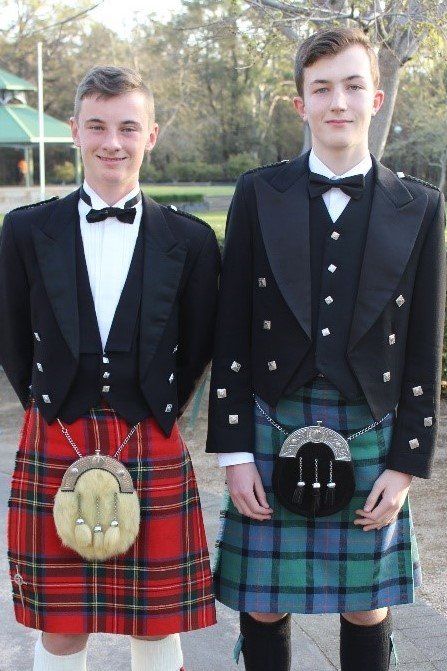
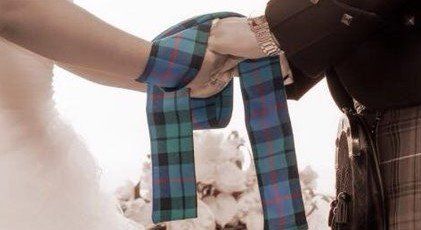
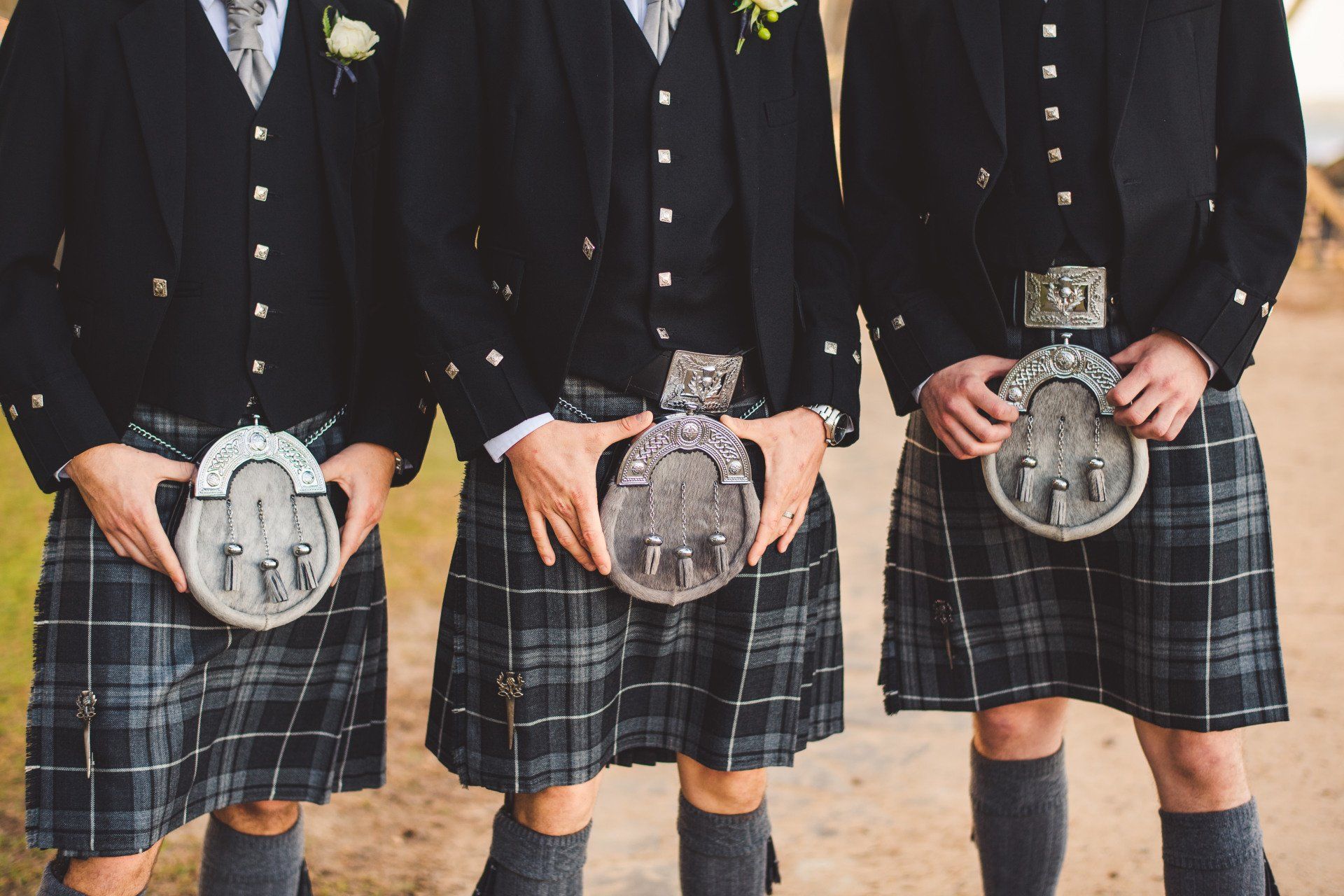
Choosing a Tartan
The first step in arranging your outfit.
Choosing a tartan is usually the first step in
arranging outfits for your wedding or function, but it’s not always easy. You
may want a tartan that honours your Scottish heritage, but this doesn’t always
fit into the colour scheme of your wedding. You might want the wedding party to
match you or contrast to you. Clan Tartan or Generic Tartan, the choices are
endless.
WHAT TARTAN CAN I WEAR?
Not every tartan is linked to a family or place name. At Australia Wide Kilt Hire, we think you can (and should) wear whatever tartan you fancy. There are no rules, and at the end of the day, you’ll want a tartan that suits your personal style. Regardless of your Scottish heritage (and even if you hate the look of your clan tartan), there’s a tartan out there for you. If you haven’t managed to discover any Scottish roots, have a browse of our tartans available, we’re positive you’ll find something you like.
ANCIENT, MODERN, DRESS, HUNTING … WHAT’S THE DIFFERENCE?
Most tartans have colour variations, commonly ancient, modern, dress, hunting, and weathered. While the variations generally follow the same colour palette, the shades can differ significantly.
ANCIENT :
Ancient tartans are lighter and softer than modern tartans, appearing more pastel-like. Reds will look more orange, while blues and greens won't be as bold. Because of its lighter shades, the pattern of an ancient tartan is more easily seen. An 'ancient' tartan is not necessarily older than a modern tartan. The name 'ancient' comes from the tartan's lighter look, made to look like it was produced with natural dyes (like vegetable and animal dyes).
MODERN :Modern tartans are much bolder. They often share a sett with the ancient tartan, but with darker, stronger colours. Blues will look navy, and reds and greens will appear much deeper. Because of this, the pattern of your modern tartan might be more difficult to pick out. The name 'modern' comes from the darker look made available following the introduction of chemical dyes after 1860.
DRESS :
The most distinctive feature of a dress tartan is its softer look, achieved by replacing one of the ancient or modern tartan's prominent colours with white.
HUNTING :
Hunting tartans were developed using colours from nature, so the wearer could better blend in with the woodlands when hunting. Clans whose tartan is already heavy in hues of green and brown often will not have a hunting tartan.



